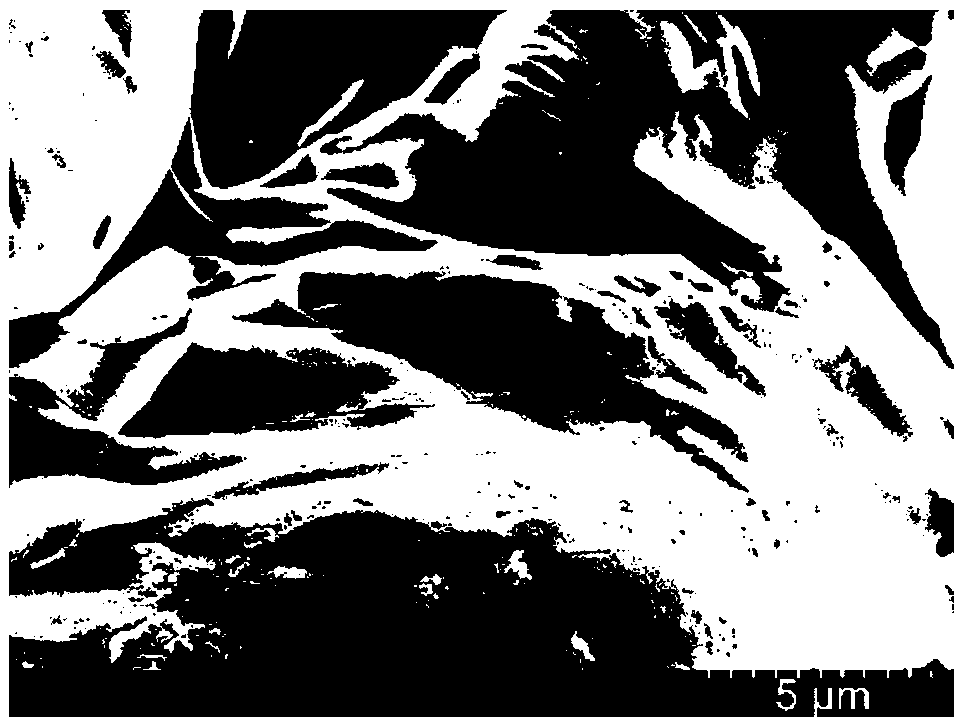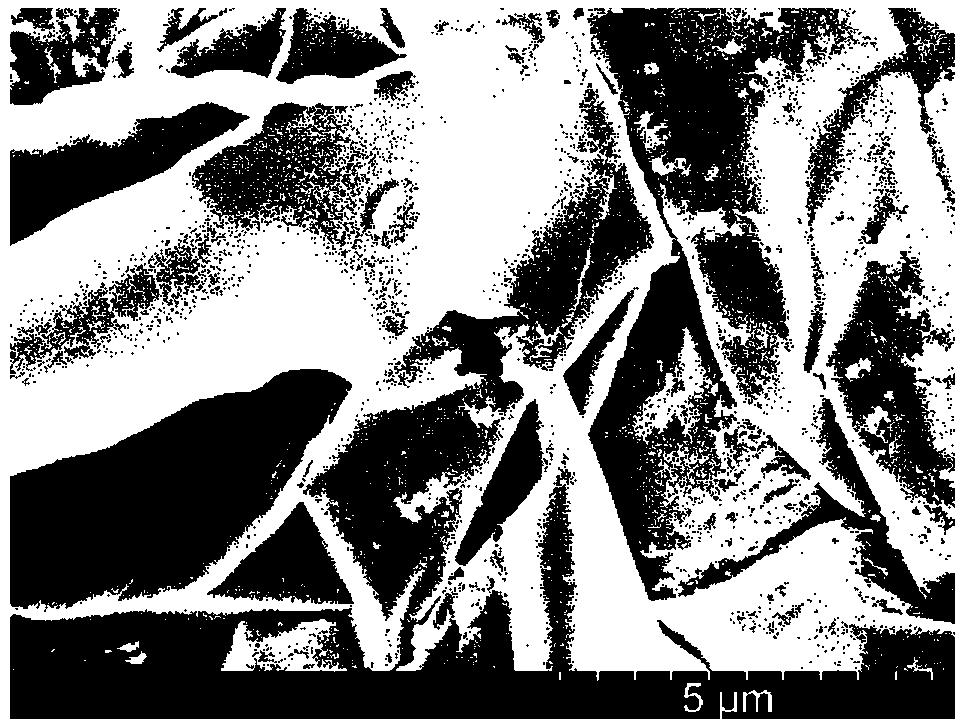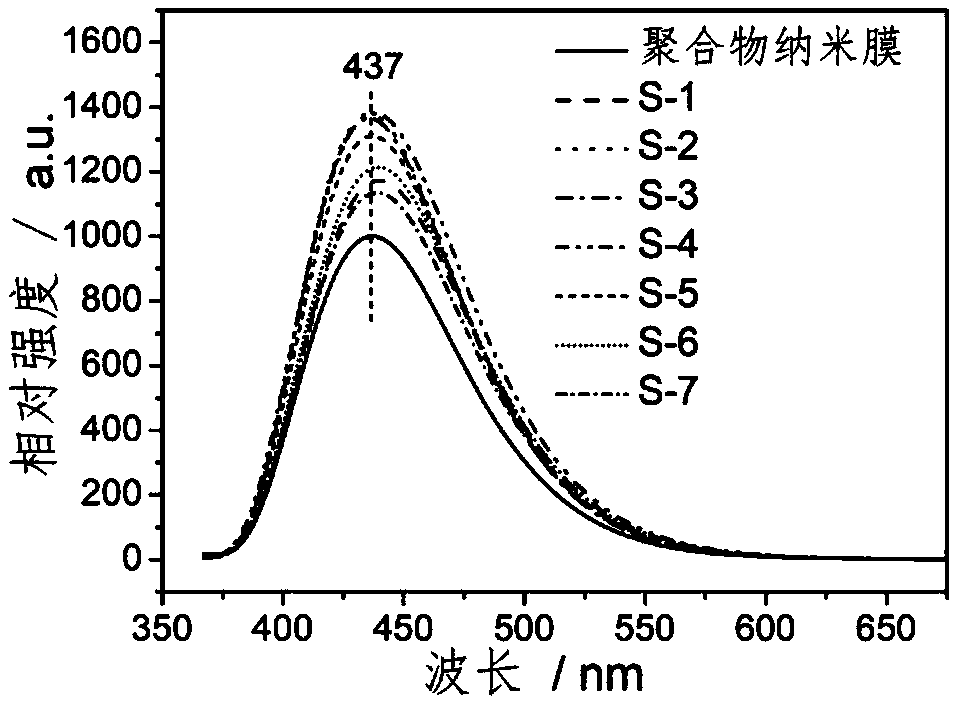Method for carrying out plant tissue fluorescent microscopic analysis by organic polymer/silicon dioxide composite nano film
A plant tissue and analysis method technology, which is applied in the field of fluorescence microscopic imaging analysis, can solve the problems of limited application, and achieve the effect of simple method and low cost
- Summary
- Abstract
- Description
- Claims
- Application Information
AI Technical Summary
Problems solved by technology
Method used
Image
Examples
Embodiment 1
[0046] A preparation method of organic polymer / silicon dioxide composite nano film, the steps are as follows:
[0047] (1) Mix citric acid and L-cysteine at a ratio of 2:1, grind evenly, then transfer to a beaker, heat the beaker in an oven at 160°C for 1 hour; take the beaker out and place it at room temperature Cool in the environment to obtain brown yellow powder A.
[0048] (2) Weigh 65mg of powder A, dissolve it in 58.5mL of distilled water with the assistance of ultrasound (100W, 40kHz, 5min), and obtain aqueous solution B of fluorescent organic polymer nanofilm; In absolute ethanol, solution C was obtained.
[0049](3) Under stirring, solution C was added to solution B, stirred and reacted at room temperature for 12 hours, and mixed solution D was obtained.
[0050] (4) Freeze-dry the mixed solution D to obtain an organic polymer / silicon dioxide composite nano-membrane powder, which is designated as sample S-1.
Embodiment 2
[0052] The 5.4 μmol of ethyl orthosilicate in step (2) of Example 1 was replaced with 21.6 μmol of ethyl orthosilicate, and the other conditions remained unchanged.
[0053] The obtained organic polymer / silicon dioxide composite nano-membrane powder sample is designated as S-2.
Embodiment 3
[0055] The 5.4 μmol orthoethyl silicate in the step (2) of Example 1 was replaced with 43.2 μmol orthoethyl silicate, and the other conditions remained unchanged.
[0056] Gained organic polymer / silicon dioxide composite nano-film powder sample is denoted as S-3, and sample S-3 is taken for SEM observation (attached figure 1 ).
PUM
 Login to View More
Login to View More Abstract
Description
Claims
Application Information
 Login to View More
Login to View More - R&D
- Intellectual Property
- Life Sciences
- Materials
- Tech Scout
- Unparalleled Data Quality
- Higher Quality Content
- 60% Fewer Hallucinations
Browse by: Latest US Patents, China's latest patents, Technical Efficacy Thesaurus, Application Domain, Technology Topic, Popular Technical Reports.
© 2025 PatSnap. All rights reserved.Legal|Privacy policy|Modern Slavery Act Transparency Statement|Sitemap|About US| Contact US: help@patsnap.com



